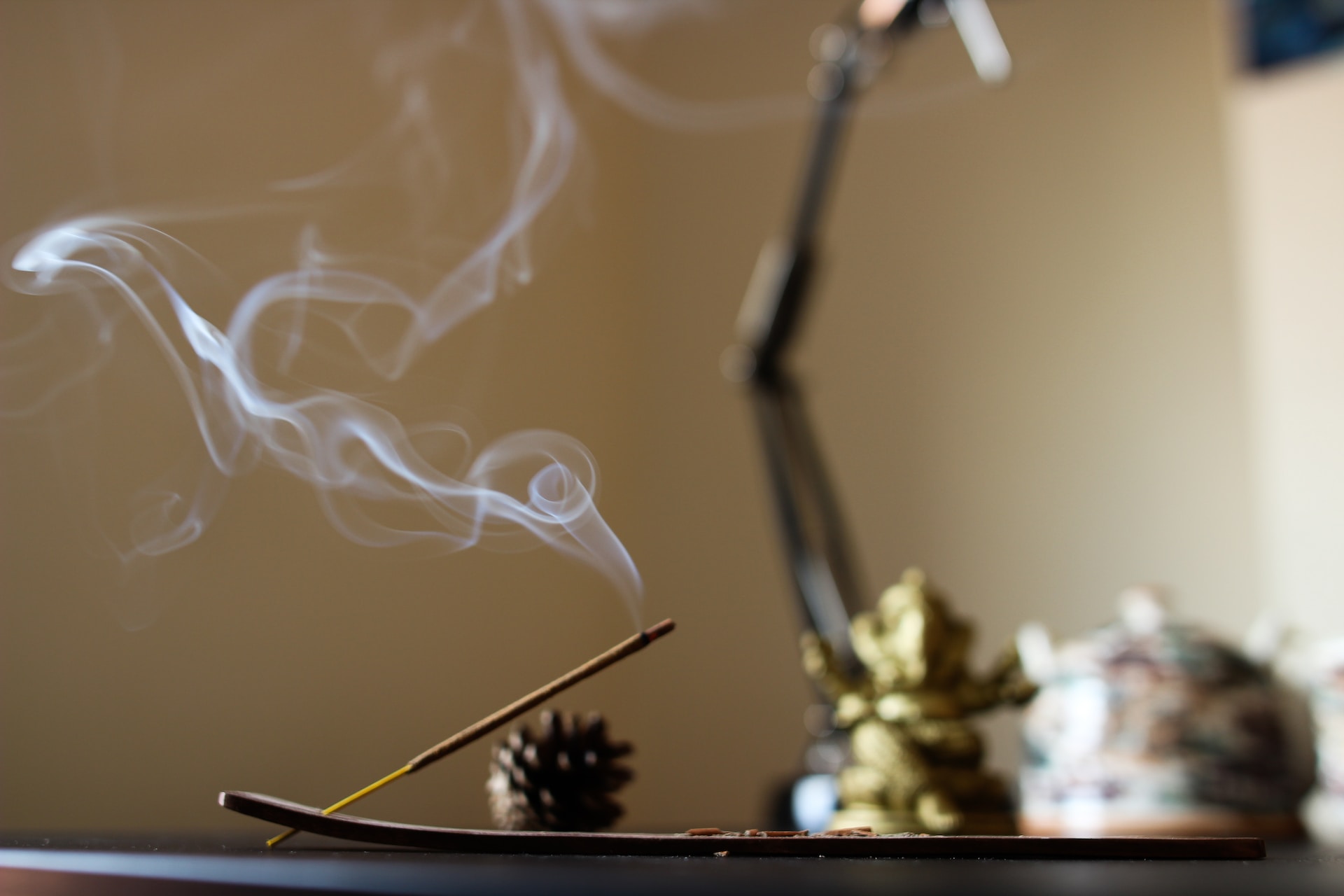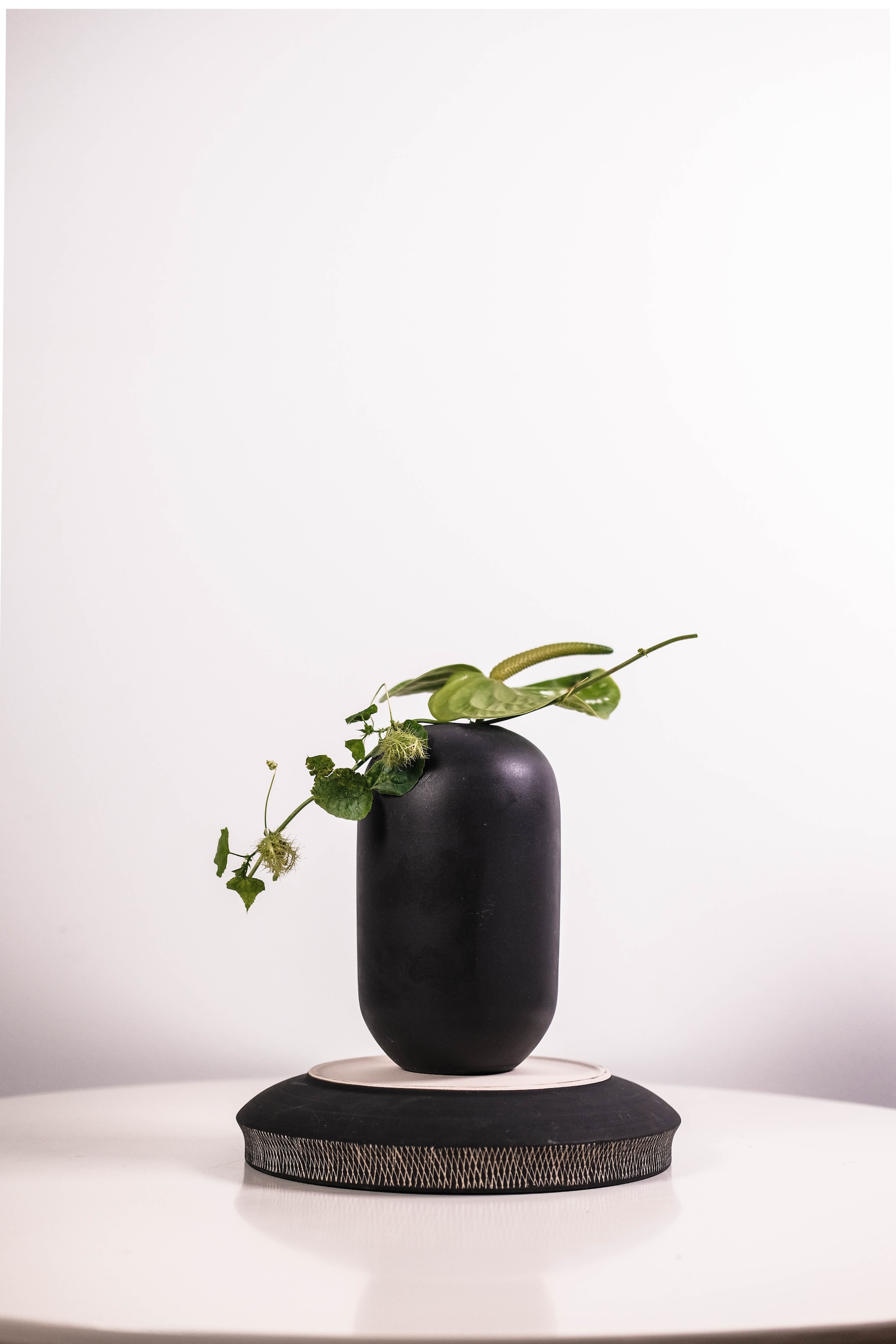
Zen principles, rooted in Japanese philosophy and aesthetics, embrace simplicity, balance, and a harmonious connection with nature. These principles can be artfully applied to the way we arrange items indoors, creating spaces that evoke a sense of tranquility and mindfulness. In this article, we will explore the fundamental principles of Zen and learn how to align our interior arrangements with these timeless ideals, fostering a serene and peaceful environment within our homes.
Cover photo by Denis Oliveira
Principles of Zen Aesthetics
Kanso (Simplicity)
Kanso emphasizes the beauty of simplicity, encouraging us to eliminate the unnecessary and keep only what is essential. It encourages a minimalist approach, free from clutter, excess decoration, and distractions.
Fukinsei (Asymmetry and Balance)
Fukinsei celebrates the beauty of asymmetry and balance. It teaches that perfection lies not in strict symmetry but in the harmonious arrangement of elements, reflecting the ever-changing nature of existence.

Shizen (Naturalness)
Shizen embodies the concept of naturalness and authenticity. It encourages the use of natural materials, colors, and textures, connecting the indoors with the beauty of the surrounding natural world.
Yugen (Subtlety and Suggestion)
Yugen embraces the beauty of subtle and suggestive aesthetics. It leaves room for imagination and interpretation, inviting a sense of mystery and depth in design.
Datsuzoku (Freedom from Convention)
Datsuzoku encourages freedom from rigid rules and conventions. It allows for creative expression and innovation while staying true to the essence of Zen principles.
Seijaku (Tranquility)
Seijaku embodies tranquility and stillness. It aims to create a calming atmosphere that nurtures inner peace and contemplation.
Applying Zen Principles to Indoor Arrangements
Declutter Mindfully
Adopt the concept of Kanso by decluttering your space regularly. Keep only the items that bring joy and purpose, ensuring that every object serves a meaningful function or holds sentimental value.
Embrace Asymmetry
Incorporate elements of Fukinsei by arranging items asymmetrically while maintaining a sense of balance. Place larger objects on one side and balance them with smaller objects on the other, creating a dynamic and visually pleasing arrangement.
Use Natural Materials
Infuse your space with Shizen by incorporating natural materials such as wood, stone, bamboo, and natural fabrics. Avoid artificial and synthetic materials that disrupt the connection with nature.
Embrace Simplicity in Design
Incorporate the principle of Yugen by opting for simple and unadorned designs. Choose furniture, decor, and art pieces that evoke a sense of depth and wonder through their simplicity.
Personalize with Intention
Follow the principle of Datsuzoku by personalizing your space creatively. Display items that hold personal significance, such as artwork, photographs, or souvenirs, while maintaining an overall sense of simplicity.
Cultivate a Calming Atmosphere
Embody Seijaku by introducing elements that promote relaxation and tranquility. Consider adding soft lighting, natural scents, and soothing sounds to create a serene ambiance.
Conclusion
By aligning indoor arrangements with Zen principles, we can cultivate spaces that reflect the beauty of simplicity, balance, and harmony with nature. Embrace the concepts of Kanso, Fukinsei, Shizen, Yugen, Datsuzoku, and Seijaku to create an environment that fosters mindfulness and inner peace. As you infuse your home with the essence of Zen aesthetics, you’ll find yourself surrounded by a space that encourages a sense of calm and well-being, offering a sanctuary for contemplation and rejuvenation.


